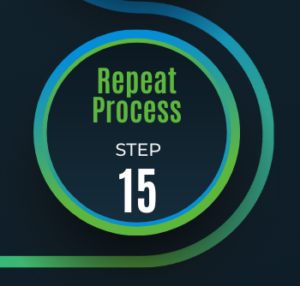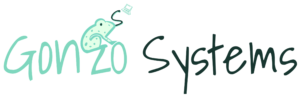
Steps of SEO: 15 Repeat Process
Continuously repeating the SEO process is crucial to stay ahead of the competition. Set goals, update content, build links, monitor analytics, and stay up-to-date with algorithm changes.



Continuously repeating the SEO process is crucial to stay ahead of the competition. Set goals, update content, build links, monitor analytics, and stay up-to-date with algorithm changes.

Creating effective content is essential for improving a website’s SEO and visibility. To succeed, understand your audience, create high-quality content, optimize it for search engines, consider external content creation, and update regularly.

Discover how to create a user-friendly and visually appealing website that is optimized for search engines with these essential SEO design tips.